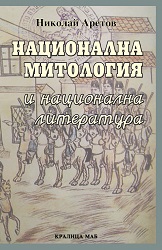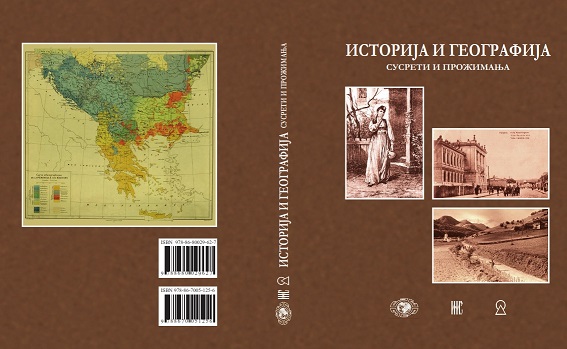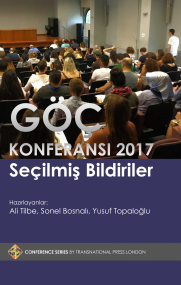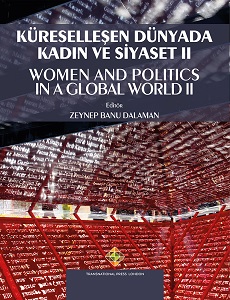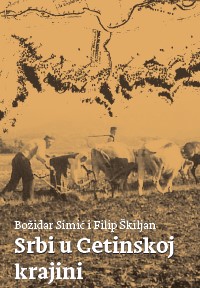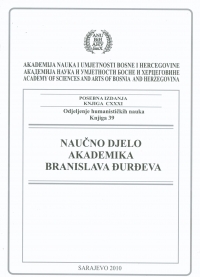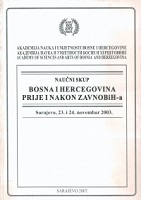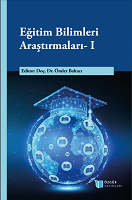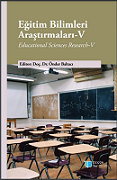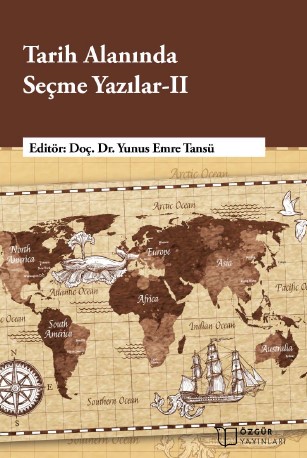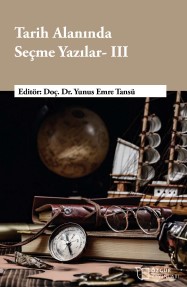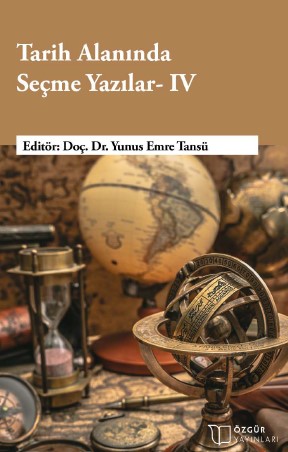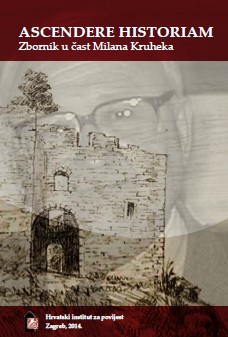Author(s): Božidar Simić,Filip Škiljan / Language(s): Croatian
Područje Cetinske krajine obuhvaća područje nekadašnje općine Sinj i tri sela u nekadašnjoj općini Knin (Civljane, Kijevo i Cetina). Radi se o regiji koja obuhvaća gornji i srednji tok rijeke Cetine, od izvora pod Dinarom u okolici sela Cetina do njezina ulaska u kanjon ispod Trilja. Ova je regija iznimno velika i obuhvaća površinu od 1.500 kvadratnih kilometara. Nekada je područje pripadalo Cetinskoj županiji,1 koja se spominje već u desetom stoljeću, a kasnije Cetinskoj, tj. Vrličkoj krajini (16. – 18. stoljeće). Na području današnje Cetinske krajine nalaze se dva grada (Vrlika i Sinj), pet općina (Civljane, Hrvace, Otok, Trilj i Dicmo) i 74 naselja. U širem geografskom smislu ovaj teritorij pripada Dalmatinskoj zagori, koja osim Cetinske krajine obuhvaća i Kninsku krajinu, Ravne kotare, Bukovicu, Imotsku krajinu, Vrgoračku krajinu, Drnišku krajinu, Kaštelansku zagoru te zaleđe Trogira, Solina i Šibenika. Okosnicu regije čini rijeka Cetina koja objedinjava niz manjih kraških polja (Cetinsko i Paško polje, Vrličko polje, Hrvatačko polje i Sinjsko polje). Niz manjih potoka s lijeve i s desne strane osnažuju rijeku Cetinu vodom, a viša područja, koja se nalaze na planinama Dinari i Svilaji, uglavnom oskudijevaju vodom. Sa sjeveroistočne strane regija je omeđena planinom Dinarom, a s jugozapada planinom Svilajom. Vrhovi Svilaje i Dinare izdižu se 1.509, odnosno 1.913 metara nad morem. Zbog svog je položaja Cetinska krajina oduvijek bila važna prometna spona priobalja s Bosnom, odnosno s balkanskom unutrašnjošću. Također je taj kraj, preko Knina pa dolinom Une, bio prometna spona priobalja s panonskim područjem, a na jugoistok s neretvanskim krajem i Hercegovinom, odnosno Dubrovnikom. Cetinska se krajina nekada dijelila na dva dijela, na Vrličku i Sinjsku (nekada pravu Cetinsku) krajinu. Vrlička krajina obuhvaćala je planinsko područje koje se nalazi uz sam izvor rijeke Cetine te prvih nekoliko kilometara od Vrlike prema Sinju, gdje je postojalo nekoliko polja koja su potopljena akumulacijskim jezerom Peruća. Od Dabra i Maljkova pa na jugoistok i jug do Trilja i Dicma, prostirala se znatno veća, Cetinska krajina.
More...
